
UDK: УДК 611.438:615.367
S. V. Michurina, D. V. Vasendin, S. V. Maschkov, I. Yu. Ischenko
Новосибирский государственный медицинский университет
It is established that influence of the experimental hyperthermia (EH) on the Wistar rat organism leads to formation of accidental involution of thymus that is of temporary, reversible nature. Temporal involution of this organ corresponded to the «catabolic» phase of the posthyperthermal period (5 hours, 3 days after EH), which was manifested in a decrease of relative weight of the organ, reduction of the relative area of cortex and density of lymphocyte in all zones, especially in the internal cortical substance zone. Intensification of destructive processes at a tissue level, characters of perivascular hypostasis, migration of cellular elements in lymphatic spaces and capillaries were noted. Considerable restoration of the thymus was observed by the end of the «anabolic» phase (14 days after EH) of the posthyperthermal period.
hyperthermia, thymus, Wistar rats.
Васендин Дмитрий Викторович — к. м. н., доцент кафедры мобилизационной подготовки здравоохранения и медицины катастроф медико-профилактического факультета Новосибирского государственного медицинского университета, e-mail: vasendindv@gmail.com